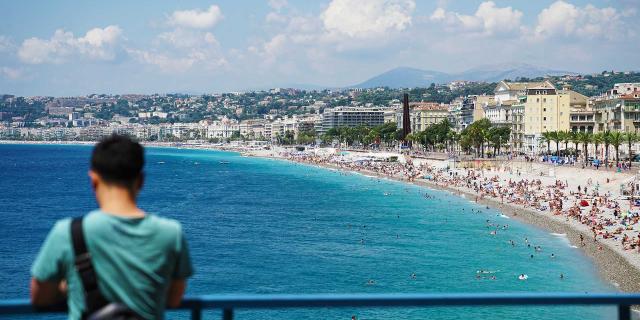Nice, a dynamic city and tourist destination of choice, reveals itself during market days. Markets color the city and are an integral part of its traditions. The one on the Cours Saleya is undoubtedly the most lively in the Old Town (Vieux Nice). Strolling through the city’s narrow streets, you can smell the heady perfume emanating from the stalls of local producers. A visit to the city inevitably includes a meal in a restaurant to taste the specialties of Nice: the salade niçoise, the pan bagnat, the farcis… Throughout the year, the city comes alive and various events are organized. The most famous are undoubtedly the Nice Carnival and the Nice Jazz Festival.
Nature enthusiasts can make the most of their holidays walking along the hiking trails that link the hills to the city center. They are ideal for discovering the city from another angle and admiring the beauty of the landscapes. The most athletic can also go to the coast to enjoy water sports such as diving, jet skiing, tubing or even a boat trip.

